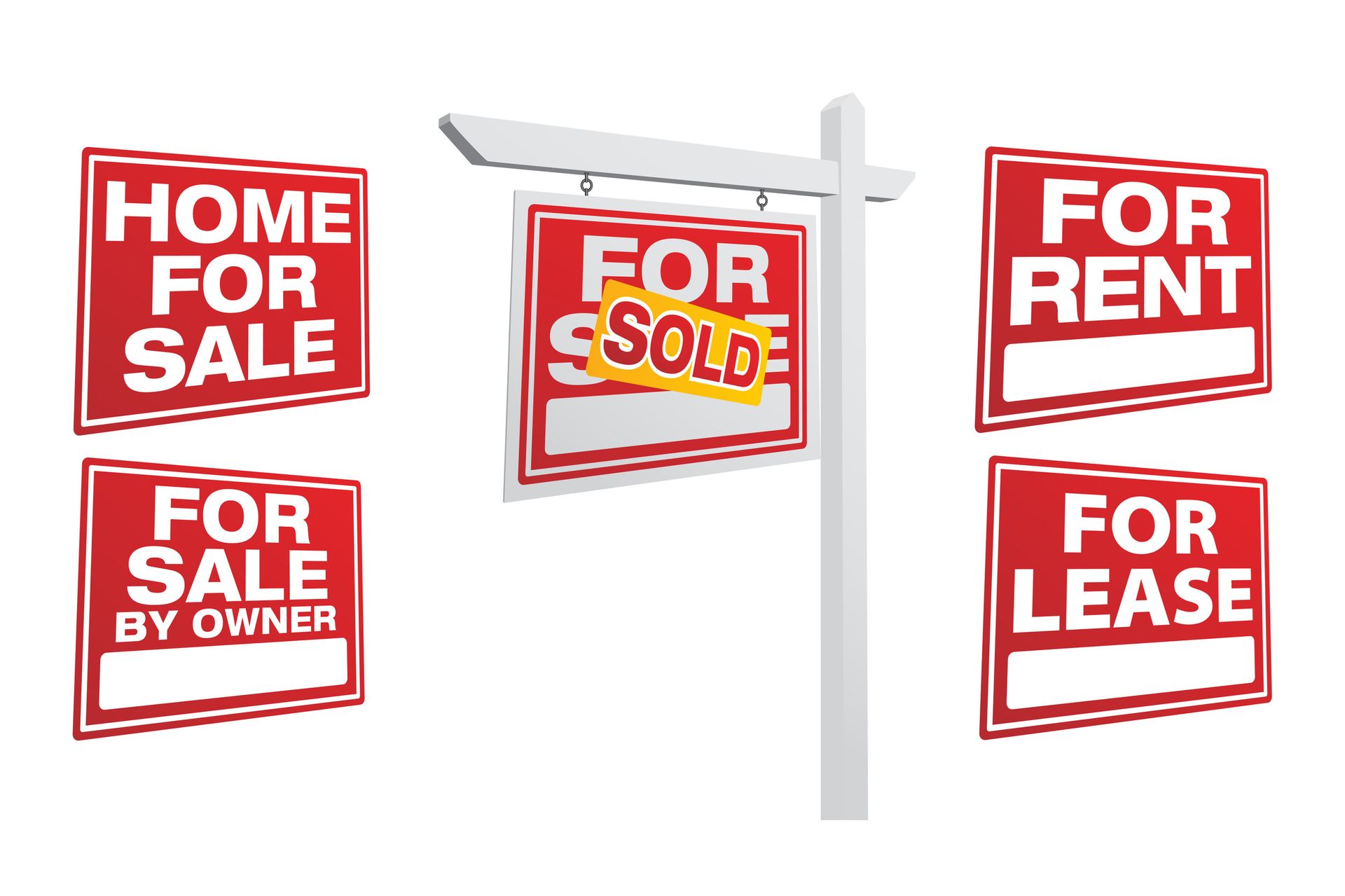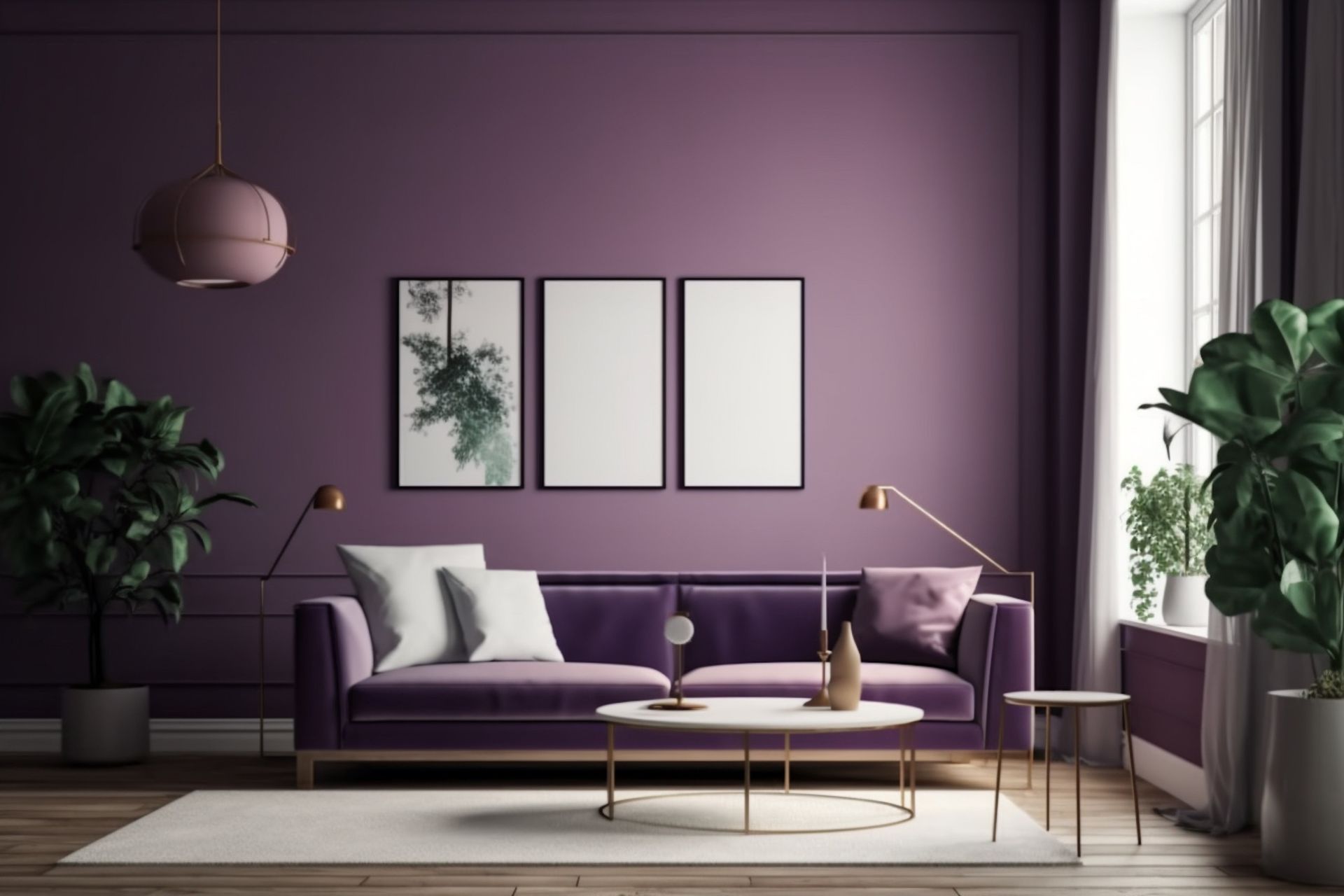Premier Realty Services
Premier Realty Services
Avoid These 6 Common Printing Mistakes for Perfect Results
Avoid These 6 Common Printing Mistakes for Perfect Results
Printing marketing materials? It's easy to get tripped up. Whether you're creating brochures, flyers, or business cards, tiny mistakes can lead to big headaches.
Don't worry, though—you're in the right place. We understand how important it is for real estate agents to have perfect prints.
This guide will walk you through the most common printing mishaps. We want to help you avoid them so your materials look professional and polished every time.
Ready to learn how to perfect your prints? Let's begin.
Printing Mistake 1: Low-Resolution Images
Printing always begins with selecting the right images. Low-resolution images can ruin the look of otherwise beautifully designed materials. High-quality, high-resolution visuals are essential for making the best impression on your potential clients. Here are a few key points to consider regarding image resolution:
Why It Matters
- Professional Appearance: Sharp images convey professionalism, making your marketing materials more appealing and trustworthy.
- Brand Representation: Blurry or pixelated images can tarnish your brand's image and distract from your message.
- Client Perception: As a real estate agent, high-quality images help clients visualize properties better, which can be a deciding factor in their buying or renting decisions.
Tips for Avoiding Low-Resolution Images
- Choose the Right File Formats: Use formats like PNG or TIFF for better quality; avoid formats like GIF or JPEG, which can lose quality when edited.
- Invest in Professional Photography: Sometimes, smartphone photos just won’t cut it. Hiring a professional photographer ensures you get high-resolution, well-composed images.
- Use a Resolution Checker: Many graphic design software programs offer tools to check image resolution before you print.
Quick Checklist
- Ensure all images have a resolution of at least 300 DPI.
- Avoid excessive resizing that could degrade image quality.
- Use vector images for logos and graphics wherever possible to maintain sharpness at any size.
Printing Mistake 2: Incorrect Color Settings
Color settings can make or break your printed materials. Missteps in this area often result in colors that look drastically different on paper compared to on screen. Ensuring proper color settings is crucial for keeping your prints vibrant, accurate, and representative of your brand.
Why It Matters
- Brand Consistency: Accurate colors ensure your marketing materials remain consistent with your brand’s identity, fostering recognition and trust among potential clients.
- Emotional Response: Colors evoke emotions and can heavily influence buying decisions. The wrong color settings may not convey the right mood or appeal.
- Professionalism: Proper color settings make your materials look polished and professional, a reflection of the quality you bring to your real estate services.
Tips for Avoiding Incorrect Color Settings
- Use CMYK for Printing: Unlike RGB, which is used for digital displays, CMYK is suited for print. This avoids the color discrepancies often seen when converting from screen to paper.
- Calibrate Your Monitor: Regular calibration ensures that what you see on your screen is a true representation of what will be printed. This helps in making necessary adjustments before finalizing the print.
- Proof Your Prints: Always request a printed proof to review colors before large-scale printing. This gives you the chance to make final tweaks and ensure accuracy.
Quick Checklist
- Set files to CMYK before designing.
- Regularly calibrate your monitor.
- Request a printed proof and make adjustments as needed.
Printing Mistake 3: Margins and Bleeds
Ignoring margins and bleeds often results in prints that are either cut off or have unwanted white borders, which could make your materials look unprofessional.
Understanding Margins and Bleeds
- Margins: These are the safe areas within the document where all important elements should be contained. Anything too close to the edge may get cut off.
- Bleeds: These are the extended areas beyond the document’s edge to ensure printing to the edge of the paper. They get trimmed off after printing to achieve a clean, seamless look.
Why It Matters
- Visual Appeal: Proper margins and bleeds make your materials look polished and visually appealing.
- Print Quality: Bleeds eliminate white borders, ensuring there are no unprinted edges on your final prints.
- Design Freedom: Understanding margins and bleeds allows you to better utilize design elements without worrying about cut-off or uneven edges.
Tips for Margins and Bleeds
- Set Up Document Correctly: Before designing, set up your document with the desired dimensions and add bleeds if needed.
- Be Mindful of Text Placement: Keep important text and images within the margins to avoid getting cut off during printing.
- Extend Bleed Elements Beyond Document Edge: Ensure all design elements intended for bleeds extend at least 1/8 inch beyond the document edge.
Quick Checklist
- Set margins to at least 1/4 inch on all sides.
- Add a 1/8 inch bleed if necessary.
- Extend bleed elements beyond the document’s edge by at least 1/8 inch.
Printing Mistake 4: Overcrowded Layouts
An overcrowded layout can quickly turn off potential clients, making your marketing materials feel chaotic and difficult to read. Achieving a well-organized design is vital to ensure that your message is clear and compelling. Here's how to avoid clutter and create a layout that works for you and your audience.
Why It Matters
- Readability: Cluttered layouts make it hard for readers to focus on key information, which can dilute your message and reduce its effectiveness.
- Professionalism: Clean, well-organized layouts convey professionalism and attention to detail, bolstering your brand's image.
- Client Engagement: A visually appealing layout keeps clients engaged and encourages them to read through your materials more thoroughly.
Tips for Avoiding Overcrowded Layouts
- Use White Space Wisely: Give your design room to breathe by incorporating plenty of white space. This helps separate different sections and makes your content more digestible.
- Prioritize Important Information: Make sure the most crucial details stand out by using larger fonts, bold text, or contrasting colours.
- Stick to a Grid: Using a grid system can help you maintain balance and alignment, ensuring a structured and cohesive look throughout your design.
Quick Checklist
- Ensure plenty of white space around text and images.
- Highlight key information using typography and contrast.
- Use a grid system to maintain structure and alignment.
Printing Mistake 5: Ignoring Paper Quality
Choosing the right paper stock is more than just a minor detail; it’s an essential aspect that can significantly impact the final appearance of your printed materials. High-quality paper can add a level of sophistication that makes your real estate marketing stand out.
Why It Matters
- First Impressions: The tactile experience of holding high-quality paper can leave a lasting impression, making clients perceive your services as premium.
- Durability: Better paper quality ensures that your materials last longer, staying in good condition throughout their intended use.
- Visual Impact: Certain paper stocks can enhance colours and images, making your prints more vibrant and eye-catching.
Tips for Choosing the Right Paper
- Match Texture to Purpose: Glossy paper is excellent for photos, while a matte finish might be better suited for text-heavy documents.
- Heavier Weight for Premium Feel: Opt for heavier paper stock for a more luxurious, substantial feel, especially for brochures and business cards.
- Request Samples: Don’t hesitate to ask for paper samples to see and feel the options before deciding.
Quick Checklist
- Choose paper texture that fits the type of content.
- Go for heavier paper weight for high-end materials.
- Always request and review paper samples.
Printing Mistake 6: Poor Font Choices
The fonts you select can make or break the readability and aesthetic of your printed materials. Poor font choices can make your content difficult to read or seem unprofessional, negatively impacting your brand identity.
Why It Matters
- Readability: Clear, well-chosen fonts make your content easy to read, ensuring that important information isn't missed by potential clients.
- Brand Consistency: Using consistent fonts across all materials strengthens your brand’s visual identity, fostering recognition and trust.
- Professionalism: The right fonts can convey the professionalism and reliability of your real estate services.
Tips for Choosing the Right Fonts
- Limit Font Types: Stick to two or three font families to maintain a cohesive and consistent look.
- Consider Legibility: Avoid overly decorative fonts that can be hard to read, especially in smaller sizes.
- Match Font to Tone: Choose fonts that reflect the tone and message of your brand – for example, a modern, sans-serif font for a sleek, contemporary look.
Quick Checklist
- Use a maximum of three font families.
- Prioritize legibility, especially for smaller text.
- Choose fonts that match the brand tone.
Staying mindful of these common printing mistakes will help ensure that your marketing materials look polished, professional, and print-ready every time. Remember, attention to detail can make all the difference in how your brand is perceived by potential clients.
Conclusion
In the competitive real estate market, high-quality print materials are essential for making a lasting impression. By avoiding these ten common printing mistakes, you can ensure your marketing materials look professional, polished, and effective.
Remember, attention to detail in design and printing reflects your commitment to excellence and can set you apart from the competition.













